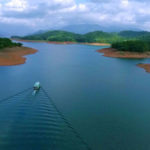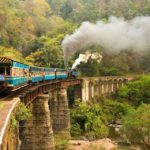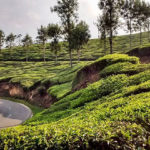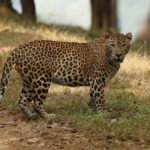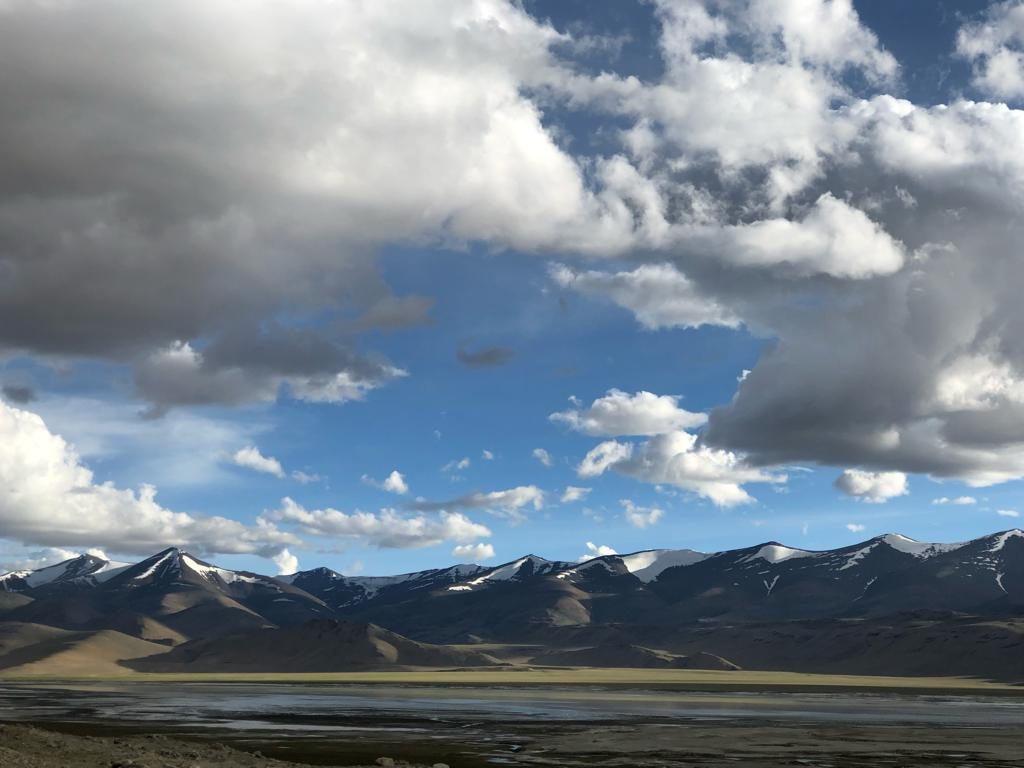
(VIN): India has added one more wetland, the Tso Kar Wetland Complex in Ladakh as its 42nd Ramsar site, the highest in South Asia. Tso Kar, situated 4500 meters above sea level, is also the second wetland in the Union Territory (UT) of Ladakh to be added to the Ramsar list.
Expressing happiness over the matter, environment minister Prakash Javadekar tweeted: “Happy to share that high-altitude wetland complex in Changthang region of Ladakh is recognized as wetland of international importance. The complex is a notable example of two connected lakes, the freshwater Startsapuk Tso & the hypersaline Tso Kar. Now, India has 42 Ramsar sites.”
The aim of the Ramsar list is “to develop and maintain an international network of wetlands which are important for the conservation of global biological diversity and for sustaining human life through the maintenance of their ecosystem components, processes and benefits”.
[ALSO READ: JW Marriott Gold Coast Resort & Spa is now open]
Wetlands provide a wide range of important resources and ecosystem services such as food, water, fibre, groundwater recharge among others. They are, in fact a major source of water and our main supply of freshwater comes from an array of wetlands which help soak rainfall and recharge groundwater.
The Tso Kar Basin is a high-altitude wetland complex, consisting of two principal waterbodies, Startsapuk Tso, a freshwater lake of about 438 hectares to the south, and Tso Kar itself, a hypersaline lake of 1800 hectares to the north, situated in the Changthang region of Ladakh, India. It is called Tso Kar, meaning white lake, because of the white salt efflorescence found on the margins due to the evaporation of highly saline water, the ministry of environment, forest and climate change said in a statement.
[ALSO READ: Alaska Airlines increases 737 MAX orders and options to 120 jets]
The Tso Kar Basin is an A1 Category Important Bird Area (IBA) as per Bird Life International and a key staging site in the Central Asian Flyway. The site is also one of the most important breeding areas of the Black-necked Crane (Grus nigricollis) in India apart from being the major breeding area for Great Crested Grebe, Bar-headed Geese, Ruddy Shelduck, Brown-headed Gull, Lesser Sand-Plover and many other species.
Last month, two wetlands — the Lonar lake in Maharashtra and Sur Sarovar, also known as Keetham lake, in Agra — were added to the list of Ramsar sites.

